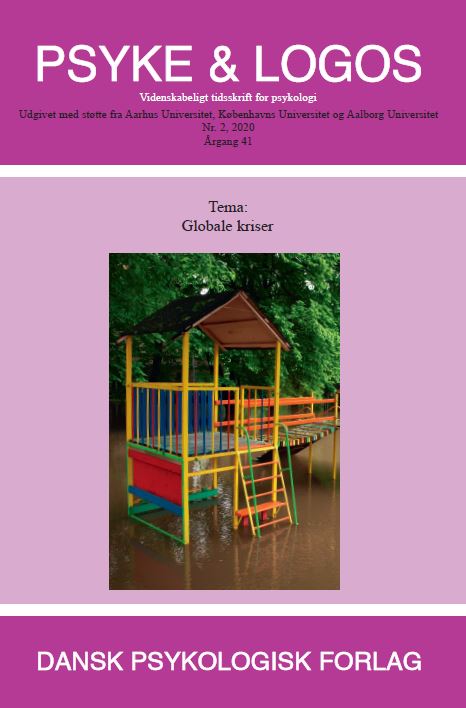Temporality as key to understanding Mead’s social psychology
DOI:
https://doi.org/10.7146/pl.v41i2.127524Keywords:
G.H. Mead, Temporality, Social psychology, Self-formation, Social interaction, Past, Present, Future, Narrative perspectiveAbstract
This paper aims to discuss Mead’s understanding of temporality as a key concept in understanding his Social Psychology. The point of departure is the central inspiration found in Bergson’s concept of temporality. Mead considers the present moment, which means the most evasive aspect of temporality as the locus of reality. Understanding ourselves and the social interaction, we have to pull the moments together – not like pearls on a necklace as Bergson has taught us as a continuous flow, where the present, the future and the past penetrate each other just like a melody. Neither Bergson nor Mead consider time as a channel or a container, where the substance of the experiences run through. Time is in itself the substance and the memory, as well as the formation of identity, is not something stable but under continuous revising and construction from the perspective of the present here and now. By this temporal perspective, Mead breaks with the stimuli response model of behaviourism in understanding people’s behaviour, where the temporal shifting between the two phases: “The I” and “the Me” enables the interpretative, self-conscious thought and sense-making. The future must be understood as the cutting edge of the present, which paves the way for the unpredictable and complexities of human identity-formations and social interactions.
Downloads
Published
How to Cite
Issue
Section
License
Ophavsret er tidsskriftets og forfatternes. Det er gældende praksis, at artikler publiceret i Psyke & Logos, som efterfølgende oversættes til andet sprog, af forfatteren frit kan publiceres i internationale tidsskrifter, dog således at det ved reference fremgår, at den oversatte artikel har et forlæg i en dansksproget version i Psyke & Logos. Artikler kan frit deles og linkes til på forsknings- og undervisningsnetværk (så som Blackboard). Link foretrækkes, fordi det giver oplysning om brug af tidsskriftets artikler.




